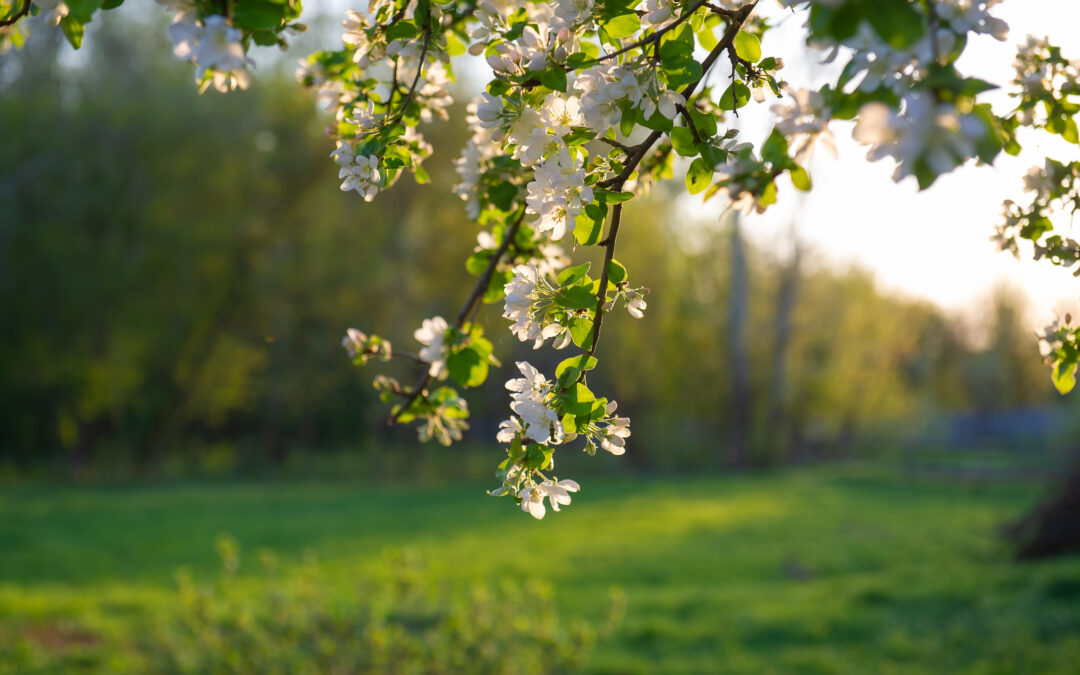Early summer is an especially nice time to start a garden journal. Your what-to-do-in-the-garden-today lists have shortened and everything is just so achingly beautiful. Jot down plants that you’ve seen and are interested in adding to your own garden, annual container combinations or interesting color blends. Inspiration can be found anywhere, from gardening magazines and life-style shows to local garden centers and public gardens. And don’t forget to check out what your neighboring gardeners are doing!
Are you bracing for another onslaught of Powdery Mildew or another invasion of Japanese Beetles? It can be really helpful to make notes of particular diseases or pests that haunt your yard year after year. Phenology is the study of seasonal phenomena, especially in relation to animal activity, plant development and weather. So take a couple of minutes to stroll through and observe what is going on in your garden. Next season, you can look at your notes and give yourself and your garden a head’s up. When did sawfly larvae attack your mugo pine? Did your peach tree suffer from Leaf Curl? Over the years you can transfer your notes onto a master calendar, building an excellent record of the cycle of life in your own particular spot on the planet.
Precipitation-wise, this spring hasn’t been keeping pace with 2024’s abundant rain totals, but we are just above the March thru May average of 10.14 inches. And thank goodness! We’ve been seeing the results of the extremely dry weather last summer, fall and winter on even established plants. And even though we’ve had rainfall this season, no one knows what this July and August will bring. So make plans for a watering strategy and stick to it. Your newly planted trees, shrubs and perennials will need a good soak once a week until the ground freezes. Commit to that and remember that you may need to irrigate twice a week if we experience a string of dry, 90 degree days. So get your sprinklers, hoses and watering wands out now and check them over. The Garden Center is featuring some new, lightweight, expandable hoses that will make storing them easier, and much tidier. Stop in and we’ll help you navigate the choices and pick the brand that works best for you and your garden.
Now, let’s talk about container plantings. Does the watering of plants in containers seem like a no-brainer? When it’s hot and dry, everything needs lots of water, right? Not always! When it’s painfully hot and humid for you, plants can go into a state of suspended animation and slow down their water usage. This is especially true for plants in pots since their roots can get hotter than those of plants in the ground. The moral of this story? Always check soil moisture before watering. If a container plant looks stressed and the soil seems damp, try moving it into a cooler and shadier location.
This spring’s seesawing temperatures certainly had an effect on anything that you’ve planted in containers this season, from annuals to vegetables. We may have a perfect storm for plant stress. Pun intended. The Plant Information Desk has seen a lot of odd seasonal damage on everything-trees, shrubs, perennials and annuals. The good news is that as the weather has evened out most plants are growing well despite the craziness. But fertilizing your containers should be your next priority. Regular watering washes the nutrients out of the soil, especially in potted plants. Use a water-soluble fertilizer once a week to your containers and baskets. We like the fertilizers from Jacks. There are several formulations and they’re easy to use For your established flowering shrubs and perennials, try Bio-advanced All in One Rose and Flower Care. It contains an insecticide and a fungicide as well as a bloom boosting fertilizer.
And don’t forget that deadheading spent flowers is essential for continued bloom of many annual and perennial plants. Roses appreciate the extra attention, too. So go ahead and pinch back any leggy or straggly growth. Your plants will be stronger and bushier in the long run and you will get more blossoms.
We’ve already seen samples of powdery mildew, so if we’re making any predictions, all signs point to another banner year for fungal diseases. Observation and inspection are the keys here. Look carefully at your plants as you water and tend to them. Learn to recognize the difference between healthy looking foliage and those leaves that show signs of stress. Turn a few over and look at the growing tips for hints of disease and infestations. When you learn what’s normal, it’s easier to spot what is abnormal. If you’ve had a history of powdery mildew on your peonies, phlox or ninebark, consider spraying preventatively with Revitalize, a biologic fungicide.
After all of this effort, don’t forget to enjoy what you’ve created. Sitting on the screened porch on a soft summer evening is a lovely experience. Have a glass of something. Listen for the droning buzz of foraging bees. Delight in the miniature fireworks created by lightning bugs. Or are they fairies, like Tinker Bell? Clap your hands and see what happens.

